- News
- Reviews
- Bikes
- Components
- Bar tape & grips
- Bottom brackets
- Brake & gear cables
- Brake & STI levers
- Brake pads & spares
- Brakes
- Cassettes & freewheels
- Chains
- Chainsets & chainrings
- Derailleurs - front
- Derailleurs - rear
- Forks
- Gear levers & shifters
- Groupsets
- Handlebars & extensions
- Headsets
- Hubs
- Inner tubes
- Pedals
- Quick releases & skewers
- Saddles
- Seatposts
- Stems
- Wheels
- Tyres
- Tubeless valves
- Accessories
- Accessories - misc
- Computer mounts
- Bags
- Bar ends
- Bike bags & cases
- Bottle cages
- Bottles
- Cameras
- Car racks
- Child seats
- Computers
- Glasses
- GPS units
- Helmets
- Lights - front
- Lights - rear
- Lights - sets
- Locks
- Mirrors
- Mudguards
- Racks
- Pumps & CO2 inflators
- Puncture kits
- Reflectives
- Smart watches
- Stands and racks
- Trailers
- Clothing
- Health, fitness and nutrition
- Tools and workshop
- Miscellaneous
- Buyers Guides
- Features
- Forum
- Recommends
- Podcast
feature
What's the best budget smart trainer? Wahoo Kickr Core vs Zwift Hub One vs Van Rysel D500
When the Kickr Core was released in 2018, it brought top-tier direct drive smart trainer tech down to a much lower price point. These days it's hard to see why you would spend more, and we've got our hands on three of the most popular mid-range indoor trainers to put them head to head. Is the Wahoo Kickr Core still the one to go for, or can Zwift's Hub One or Van Rysel's D500 take its crown?
Direct drive smart trainers used to be reserved as flagship products, with ay cheaper imitations delivering only empty promises and quite a lot of sweat and swearing. However, in my opinion, that all changed in 2018 when Wahoo launched the Kickr Core. This direct drive trainer was half the price of the ones that had come before it, and that left me wondering why anyone would want or need to spend more.
Since then, despite several lawsuits trying to prevent it, the Kickr Core has been joined by some stiff competition, namely the Zwift Hub One, the Pinnacle HC and more recently the Van Rysel D500 when Decathlon decided that it too wanted to join the party. So, is the Kickr Core still the one to buy? Or is your money better spent elsewhere? Let's try to find out!
When it comes to turbo training and value vs performance, I think the sweet spot comes at around the £500 price point nowadays. A direct drive or wheel-off trainer that you mount your bike's drivetrain directly to is quieter, smoother, easier to train on, more stable and won’t wear out a tyre like a wheel-on trainer. In fact, other than the lower price, I think it's rather tricky to find any positives of a wheel-on trainer compared to direct drive.
The three trainers here vary by less than £100, so whether to buy the new Wahoo Kickr Core Zwift One, the Zwift Hub One or the Van Rysel D500 is a question on many consumer's minds. In fact, it was so high up our list of questions that we didn’t wait for Decathlon to send us one, and went out and purchased our own.
Price
Where better to start than with the price. These are bound to fluctuate a bit, but here goes...
The Wahoo Kickr Core and the Zwift Hub One are now priced identically at £549, which now includes a cassette of your choice in the case of the Kickr Core, and a funky one-cog sprocket thing in the case of the Zwift Hub One. In both cases, you are ready to ride out the box.
What’s more is that you also get a one-year Zwift subscription included, which is worth around £130.
However, as of February 2024, the Wahoo Kickr Core received its first hardware update in six years, and you can now buy that with the Zwift Cog too. It’s called the Wahoo Kickr Core Zwift One, and just like Zwift’s own trainer uses a blipper to change gear virtually. It still costs £549 at RRP.
The Van Rysel D500 looks to be the clear winner - in terms of price at least - with an RRP of £449.99, a full £100 cheaper than the other two. However, you will need to factor in the cost of a cassette, which is around 25 quid for a mid-priced one. If you do want to Zwift, then you’ll actually end up spending more than with the other two for the first year.
Compatibility
As long as you have a bike with wheels bigger than 650b and a cassette between 8-speed and 12-speeds, the chances are you’ll be able to happily pedal on any one of these turbos. That’s what the manufacturers claim anyway.
All three come with the spacers, adaptors and adjustability to happily take a plethora of road, gravel and mountain bikes. With the Zwift Hub One and the new Wahoo with the really long name, you no longer need to worry about how many gears your bike has when ordering a turbo. Instead, you change gear virtually with the blip box that fits to your handlebars.
The original Kickr Core allows you to choose a cassette of your choice at checkout, but the Van Rysel requires you to purchase this separately. If this does happen to be a 12-speed cassette then unlucky, because that freehub body for the D500 is currently sold out, with no time frame given of when you can expect stock to return.
> Indoor cycling — a complete guide
I am also disappointed to say that I’ve been having other compatibility issues with the Van Rysel trainer too. For example, there’s just no way that my Specialized Allez Sprint is fitting on because the brake calliper mount collides with the body of the turbo. I’ve been through the vast collection of bikes here at road.cc HQ, and have come to the conclusion that every rim brake bike I’ve tried will fit, nearly all the carbon disc brake bikes (although some did touch) but I’ve had less luck with aluminium disc brake bikes, which usually have larger brake mounts. Depending on your bike, that could be an absolute deal breaker.
It’s also worth noting that the trainers fitted with the Zwift cogs are only really options if you’re using Zwift as your training platform of choice. This is because the Click shifter connects to the game, not the trainer.
Setup
All three turbos do require some setup before using, but luckily it's all fairly self-explanatory, and you do get the tools provided.
All three actually have a fairly similar design, needing their legs bolting on before use. Zwift has certainly gone to the most effort to make it as easy as possible to get them the right way round and pick out the correct adaptors to fit your bike. With the Van Rysel, you do have the added chore of finding and fitting the correct cassette. The tools for this aren't provided, so bear that in mind before purchasing.
Storage and portability
Most people won’t be fortunate enough to have somewhere where they can leave a turbo set up permanently. Even if you do, it’s quite likely that you’ll want to hide it away during summer months.
The Wahoo trainer folds to reduce it's storage size, albeit not by a lot. The Van Rysel doesn’t fold, but it's the only one of the three with a carry handle, which definitely makes it far easier to carry around the house.
Another nice touch on the D500 is magnetic storage for the riser block.
Max resistance
One of the main differences between the three turbos we have here and the big daddy range-topping options is the resistance they can provide. Even so, the electromagnetic brakes still provide up to 1,800 watts of resistance in the case of the Kickr Core and Zwift Hub One, and there's up to 1,500 watts of resistance on the D500.
Clearly the Wahoo and Zwift win in this regard, but the vast majority of riders won’t be troubling either figure, so it's kind of neither here nor there and probably won’t be a deciding factor for you.
> How to get the most from your indoor training sessions
What these figures do mean is that the Wahoo and Zwift trainers can simulate up to 16% climbs, while the Van Rysel only goes up to 12%. This means that there will be a few virtual climbs on indoor apps where you could max out with the latter, but rest assured, it won't be any easier. You just won’t have to grab another gear, and your in-game speed won’t be any higher than if you had a more powerful trainer.
Flywheel weight
Speaking of realism, let’s compare some flywheel weights. It’s 5.4kg on the Wahoo and 4.7kg on the other two trainers. Typically, a higher flywheel weight makes the experience more like riding out on the road, because there’s more inertia. On those momentary lapses in putting the power down you lose less momentum, and therefore heavier usually feels smoother.
To be honest, all three trainers feel pretty similar in this regard and I’ve been hard-pressed to feel a difference. This is an area that all three trainers have mastered, and is a big positive for them compared to cheaper competition, particularly wheel-on trainers.
Power measuring
There are two parts to this: accuracy - as in how far from the real figure the trainer reads - and reliability, which is how consistent that figure is. Let’s start with the claimed accuracies.
The Wahoo and Van Rysel D500 claim to measure to within +/-2%, so at 200 watts that's around 4 watts. The Zwift trainer has a slightly lesser claimed accuracy of +/-2.5%. Now, even though there are trainers out there that can measure to +/-1% for the majority of us, our money is well placed with one of these three. In fact, unless you’re doing elite-level virtual racing then there’s hardly any point in getting a more accurate power measurement. After all, it's at least as accurate as a lot of the power meters you’d use out on the road.
It’s hard to pick a winner between them based on accuracy then. However, it’s the reliability of these figures that has been the downfall of many a turbo. To test the reliability of the figures we’ve spent the last few weeks, months and indeed years benchmarking the turbos against known power meters.
What I’ve found is that the Kickr Core produces numbers that I would bet my life on. During both sprints and steady-state efforts there is hardly any difference between the figures from the turbo and my trusty pedal and spider-based power meters. What difference there is can easily be accounted for by drivetrain losses.
The Zwift Hub also has power reporting plenty good enough to use as a benchmark, being well within the accuracy range that Zwift states, and it's very repeatable. As with nearly all trainers, it is worth calibrating the trainer every now and then. But in both geared and single-speed builds, we've not seen the power drift away from believable numbers.
I was initially very impressed with the Van Rysel D500 too. The numbers seemed bang on the money, albeit the calibration procedure can’t be done in most training software and has to be done in a separate app. It's a bit of a faff with account-making etc, but no biggy.
However, as my session continued either I was getting stronger by the second or something dodgy was going on. Unfortunately, the data from my on-bike power meter revealed that it was the latter (shown above).
The D500 starts the session measuring well within the claimed accuracy, however, as the trainer begins to heat up the number drifts away from what my Quarq and indeed other power meters have measured. Nerdy people call this thermal drift, and it’s where power meters rely heavily on resistance, which is of course very dependant on temperature.
Now, it has to be said that this used to just be the semi-accepted norm with indoor trainers, and it’s only the likes of Tacx, Wahoo and Elite’s excellent recent trainers that have seemingly solved this problem. The problem isn’t bad enough to completely write off the D500, because it's still functional and the scale of the problem is far, far less than on some other trainers I’ve used. But, it’s an area where Wahoo and Zwift are clearly leading the way.
ERG mode
Our final test criteria is the ERG mode capabilities, so if you’re not after this feature then feel free to skip ahead to our final verdict.
ERG mode holds you at a set power. For example, in a training session, no matter what gear you’re in and changes you make, the resistance is based on your cadence to hold you at that magic number. This used to be the absolute Achilles heel of many a smart trainer, but now they’re all really quite good. All three of them respond to interval changes quickly, but which one is best?
Well, my vote goes to the Kickr Core. During my sessions, I’ll be nicely held at my new power target within about 5 seconds, with no overshooting or trouble holding that power consistently despite varying cadence (as shown above).
The Zwift Hub lags behind slightly, but there’s no overshooting. The D500 is also good but not AS good. On the Van Rysel offering, I’ll be held at my new target power within about 15 seconds, which isn’t a problem on longer efforts but does make doing short efforts in a workout a bit trickier.
So, which one would we have?
Personally, I’d still take the Kickr Core, and the version that comes with a cassette. It is statistically the best turbo here, the accuracy and ERG mode rivals turbos that cost twice as much, and it punches well above its weight.
You can also now buy it with the new virtual shifting version thanks to the Zwift Cog. You can read our full initial impressions in this article, but it’s not personally something I’d go for unless I had multiple bikes with different speed groupsets that I wanted to use on Zwift.
If that is the case and you have multiple bikes sharing a turbo, then I’d probably go for the Zwift Hub One instead. It’s physically very similar, has similarly excellent performance and is quiet and uncomplicated. It’s probably the easiest smart trainer to set up and use if you want to Zwift, and also promises to wear your chain a bit less.
If this does sound like a bit of you though, then you'll have to act fast! Zwift has announced that it plans to discontinue the Hub One, which means that future availability will be limited.
The Van Rysel, despite being the cheapest, does get beat by the other two, but is still a very capable trainer. In the real world, it’s unlikely to actually work out much cheaper, not by the time you’ve bought the correct cassette and splashed out on Zwift like many of its customers will anyway. My one word of warning with the Van Rysel is to check your bike compatibility first. Perhaps I just got unlucky, but I’d have been annoyed if I’d shelled out and then couldn’t fit my bike to it.
Five years ago the ERG mode capabilities, power measuring accuracy and calibration nuances of the D500 would have been easy to ignore, but in 2024 they are a small step behind the leaders in the sector. Our full review of the Van Rysel D500 will be landing on the site soon.
Let us know which turbo you’d have in the comments section below. If not one of these three, what would it be?
Jamie has been riding bikes since a tender age but really caught the bug for racing and reviewing whilst studying towards a master's in Mechanical engineering at Swansea University. Having graduated, he decided he really quite liked working with bikes and is now a full-time addition to the road.cc team. When not writing about tech news or working on the Youtube channel, you can still find him racing local crits trying to cling on to his cat 2 licence...and missing every break going...
Latest Comments
- mike the bike 2 sec ago
I've had a few Lezyne bits and bobs over the years and while it's true I've never bothered to return anything under warranty, I've had a couple of...
- mark1a 9 min 32 sec ago
There's a transition period. For the benefit in kind (BIK) tax to the employee, it will be treated as a goods vehicle as it is now (rather than a...
- hawkinspeter 11 min 24 sec ago
Parents say East Bristol Liveable Neighbourhood makes roads '100 times safer' for children:...
- mdavidford 11 min 39 sec ago
Presumably looking for it to get down to a hummingbird's heels?
- mdavidford 17 min 25 sec ago
Isn't basically all carbon recycled? From stars?
- velodinho 1 hour 33 min ago
As witnessed at so many infrastructure improvement projects similar to this one, all those who object should ignore the consultation and pray at...
- Nagai74 3 hours 21 min ago
It's a DLO to those in the trade.
- Tom_77 4 hours 52 sec ago
Cars keep getting wider and wider, but it's those damn cyclists with their wide handlebars that are the real problem. ref
- David9694 8 hours 56 min ago
Motorist Mike demands 40p back after overcharged on new £11m 'prison' car park...
- PRSboy 22 hours 1 min ago
I have two aero bikes- an Argon18 Nitrogen and an Orro Venturi. I love the way they feel on the road. I also like the style of the deeper section...
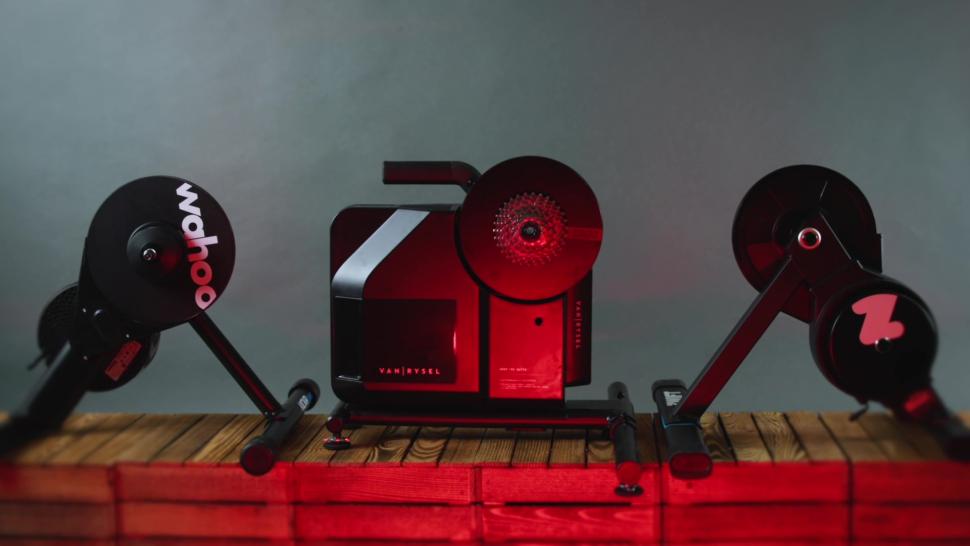


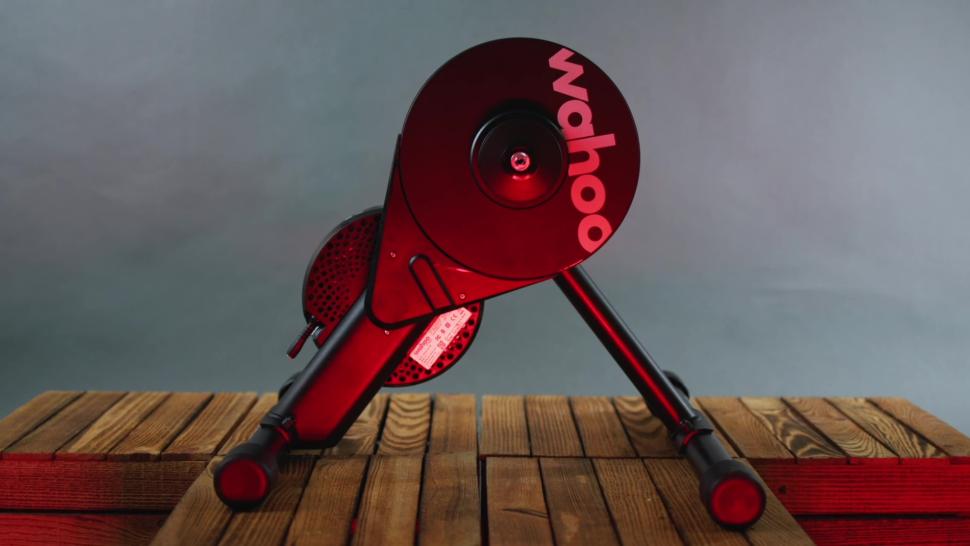
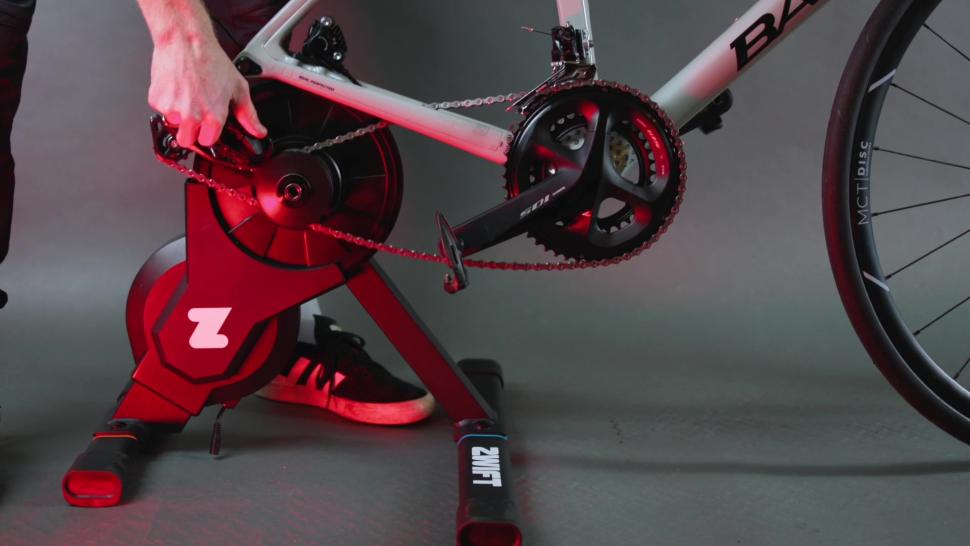
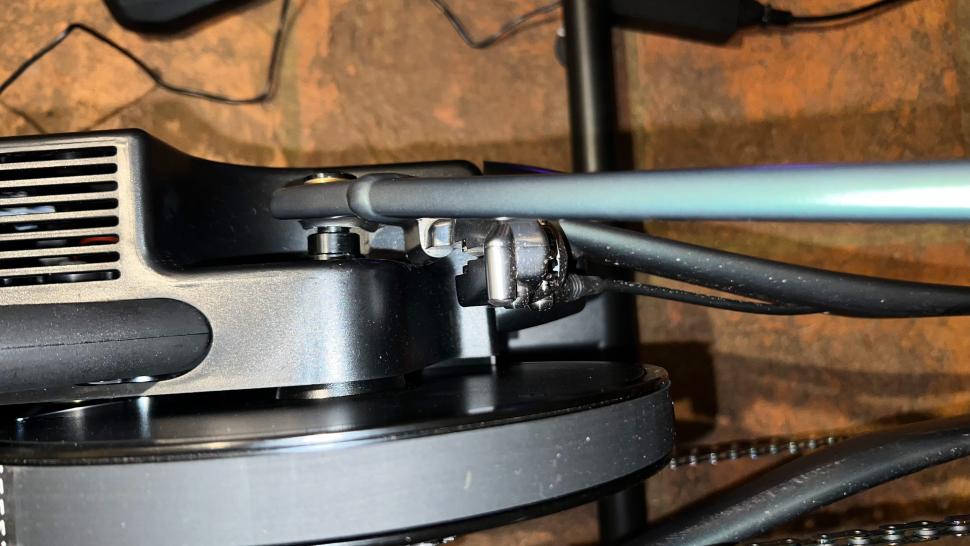
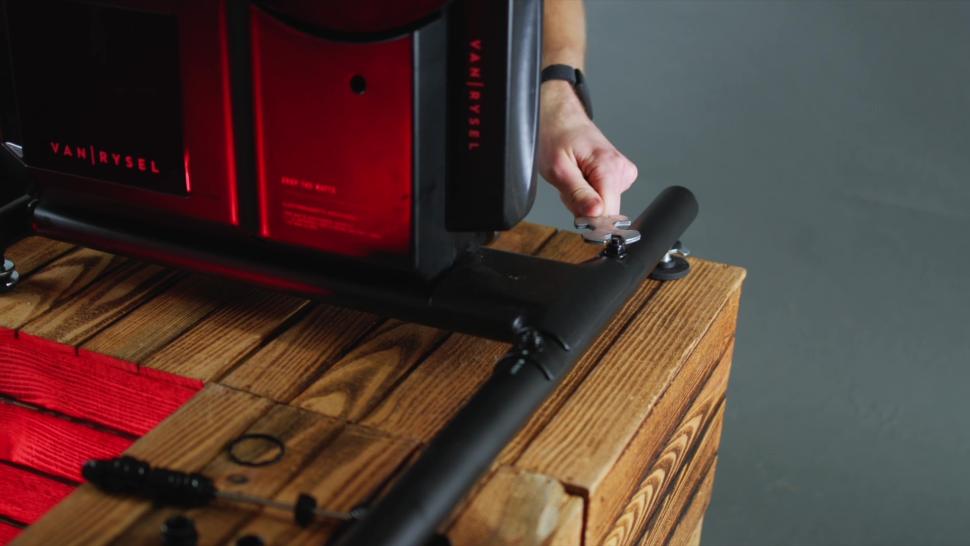
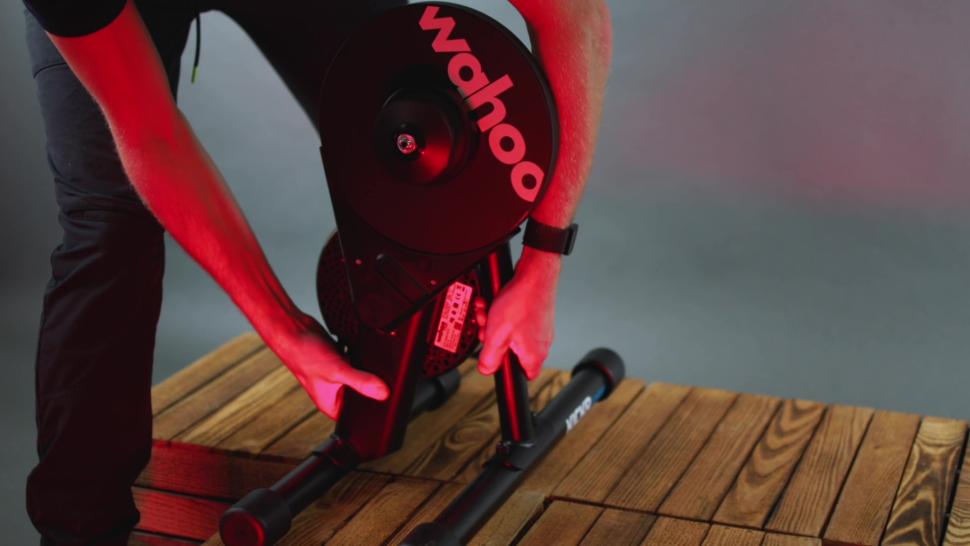

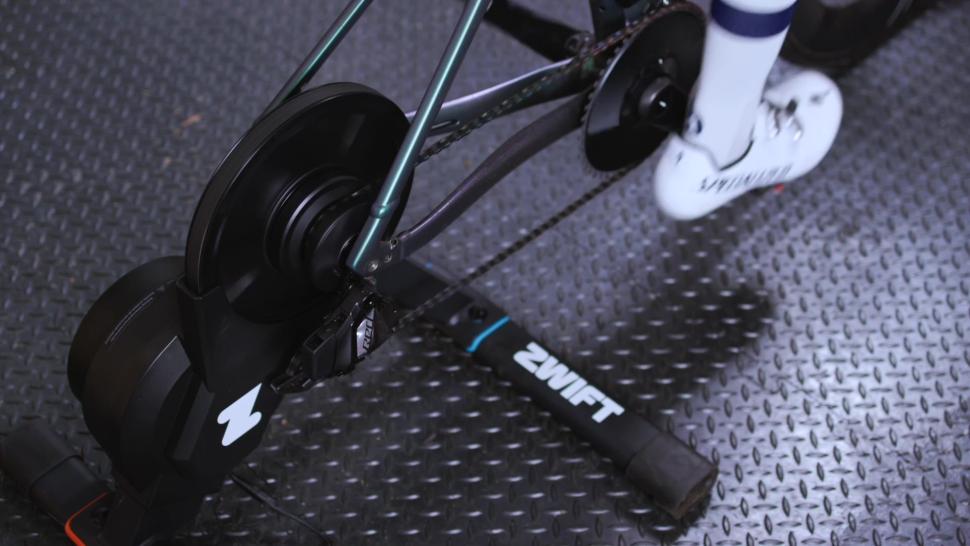

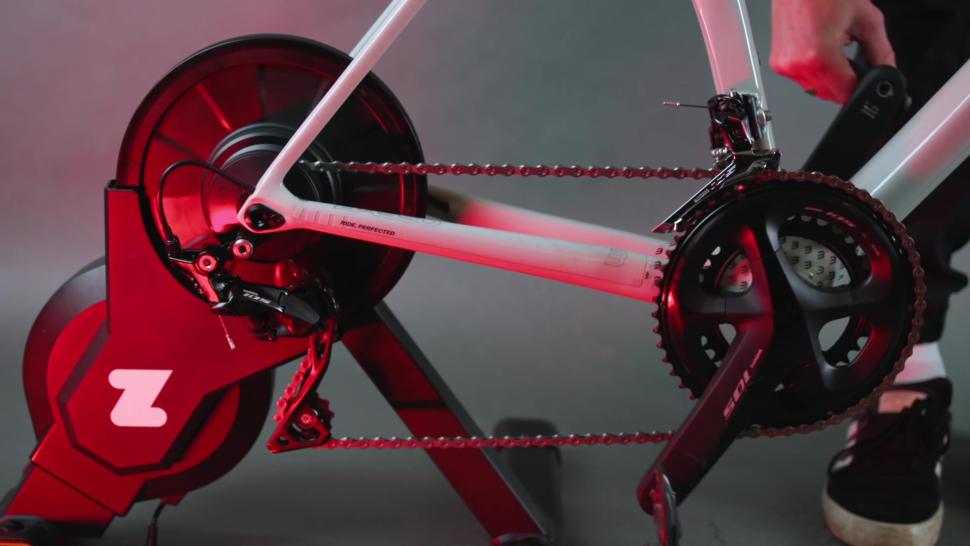

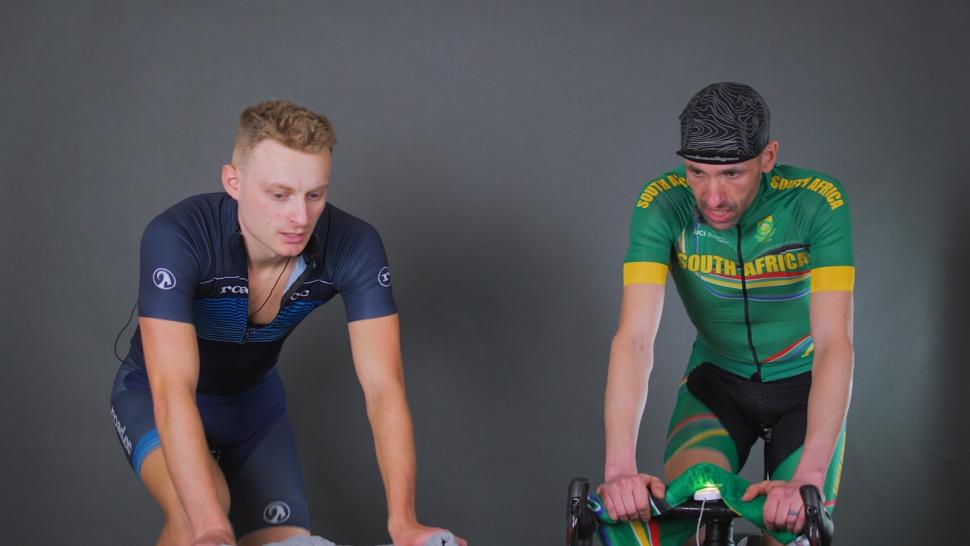

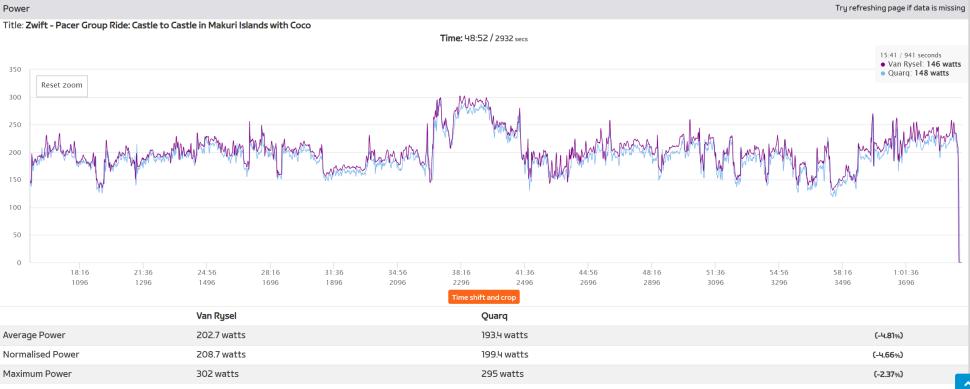
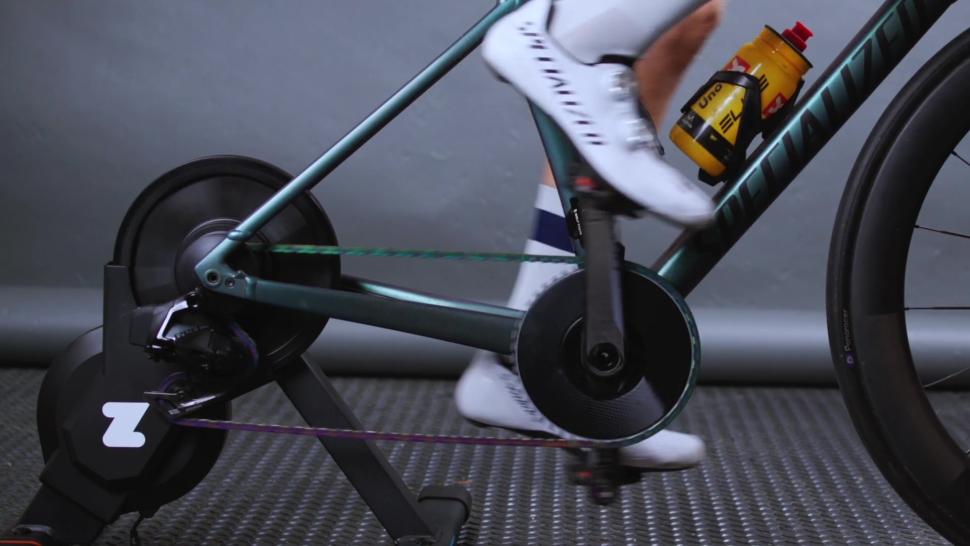



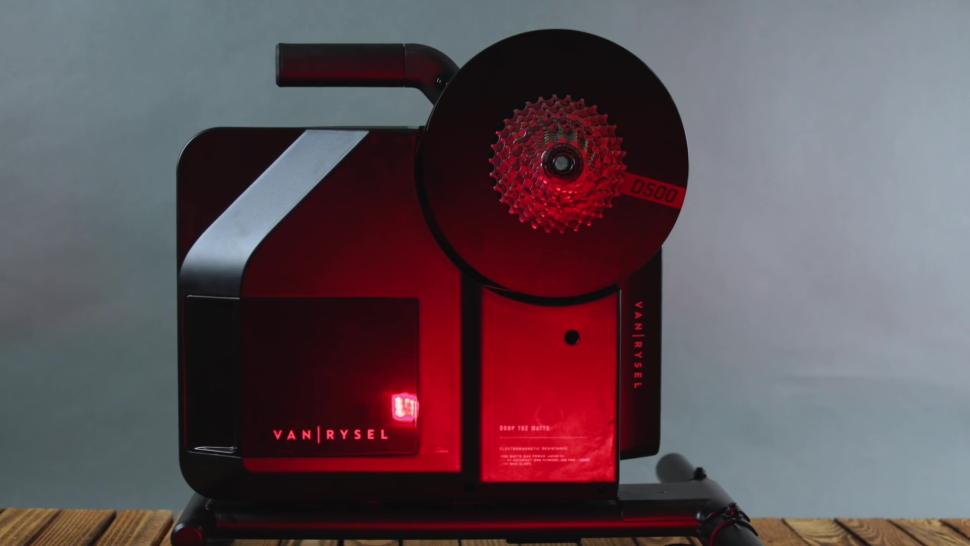
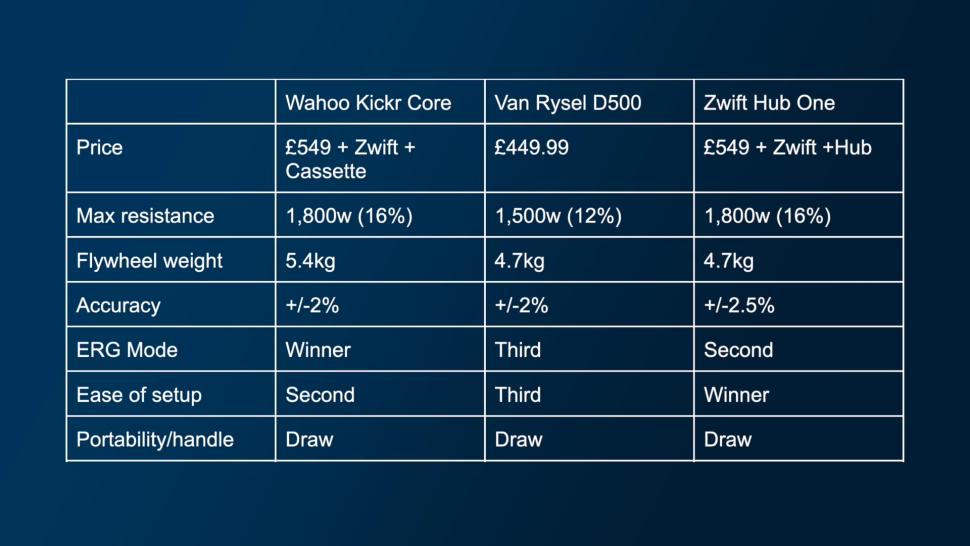
Add new comment
7 comments
The Pinnacle HC is about £300 from Evans, and is often discounted to £210
You forgot the Elite Suito-T at £499
Now available as low as £389 online.
Stupid review, what's the point of including the Zwift Hub One seeing as it's being discontinued.
I am interested in the Van Rysel trainer. You say it needs an app to set up the trainer. Is this app only for smartphones, or is there a laptop version?
My guess is smartphone only. I don't own a smartphone and think there are sound reasons not to do so.
Given Zwift themselves say the Core is the replacement for the Hub One it pretty much rules it out unless you are Zwift only and can get it at a decent discount and trust Zwift to keep up with firmware updates.
Agreed! Instead they could have included the TACX Flux S